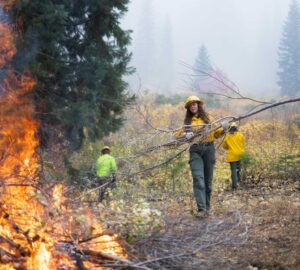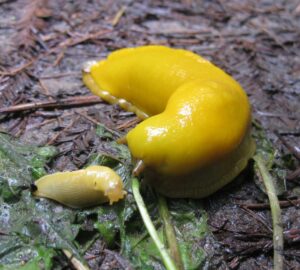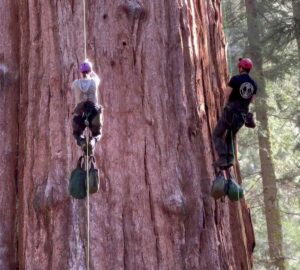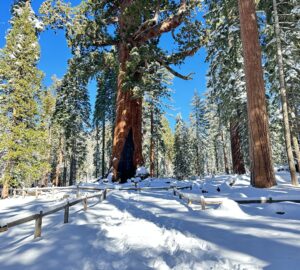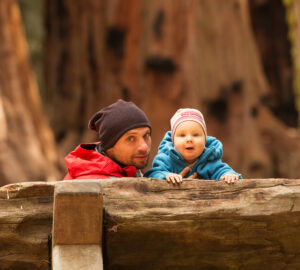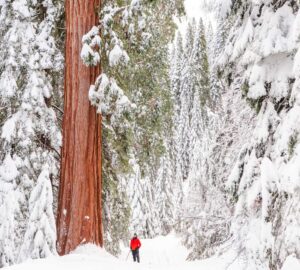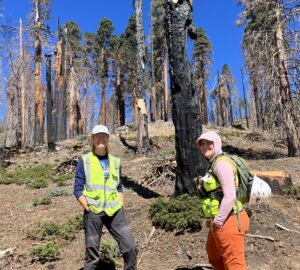Nature’s patterns are everywhere. Sometimes they’re obvious – we mammals, for instance, almost always have five fingers and five toes on each hand and foot. Sometimes these patterns aren’t nearly so apparent, but they’re still there nonetheless.
The Fibonacci sequence is a pattern of numbers with each number equal to the sum of the two numbers that go before it. It looks like this: 1, 1, 2, 3, 5, 8, 13, 21…. (you have to imagine all the zeroes at the beginning). The number 3 is equal to 1 plus 2; the number 5 is equal to 2 plus 3. The number 8 is equal to 3 plus 5; 13 is 5 plus 8, and so on. These numbers combine to form things you might have heard of, like the ‘golden ratio’ or the ‘golden triangle’ (remember the Da Vinci Code?).
Here’s where it gets cool. That sequence and its ratios can be found everywhere in nature – the spiral of snail shells, the shape of storms and breaking waves, the family trees of bees. Cauliflower heads, fern fronds, the spacing of our eyes and teeth. Even our redwoods show this sequence.
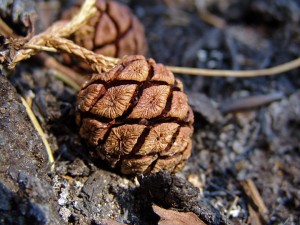
If you look at a giant sequoia cone with the end facing you, you will notice that the scales form spirals (you can try with a coast redwood cone, but it’s much harder to see). There are two spirals running in opposite directions, one traveling steeply from end to end, and the other winding more gradually around the cone. These two spirals are both numbers in the sequence, and together make up a ‘Fibonacci fraction.’ In the case of giant sequoias, there are 3 spirals going one way, and 5 going the other – a fraction of 3/5. Even cooler, this fraction is also repeated with branching, with each branch growing 3/5 of a revolution around the limb or trunk from which it’s growing, meaning that after 5 branches and 3 rotations around the limb, two branches will line up exactly. In the 1970s, National Park Service staff surveyed thousands of cones and every one followed this pattern. Every one but one… which had 5 spirals going one way and 8 the other, another Fibonacci ratio!
These patterns may not mean much for conservation by themselves, but maybe appreciating nature’s patterns will help remind us just how connected we all really are.
Want to learn more about redwoods? Check out our Fun Forest Facts!

